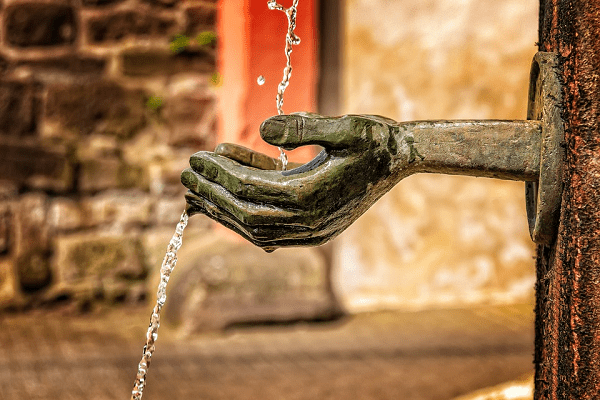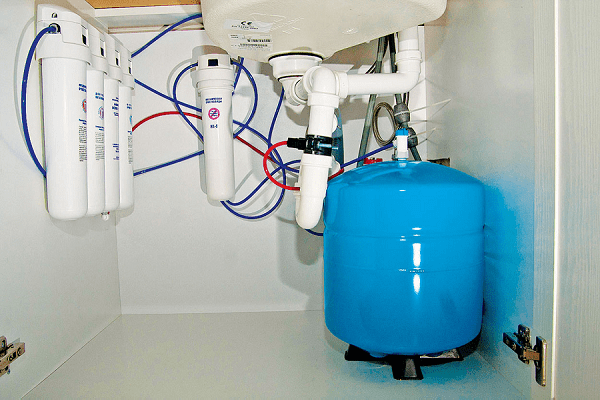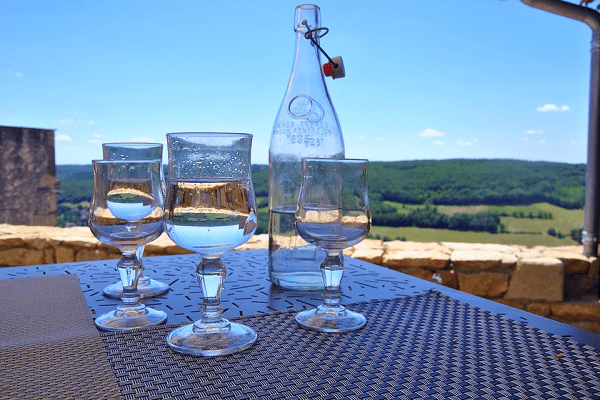Healthy food >>>> What kind of water to drink?
What kind of water to drink?

Many people who respect their health usually attach importance not only to the quality of food, but also to the degree of safety for the health of the water they drink. How clean is the tap water and how safe is bottled water?
The easiest way to get water is to draw it from the tap. But this does not mean getting good quality drinking water. What kind of water is safe to drink?
For the extraction of tap water, flows of groundwater (surface water) and deep-lying (artesian water) are used. Water from artesian wells is considered to be the purest, as it is located in such dense layers of rocks that do not let it through to the surface (do not let it seep), but also impurities of soil, limestone, clay, which surface waters abound in, do not pass into it. For this reason, artesian water is considered "soft" and can be drunk without boiling.
To extract artesian water, there is no need to install pumps and waste electricity, it beats upward under pressure, you just need to create a tunnel through which the water will move. Artesian waters have a very rich composition of chemical elements (magnesium salts, fluorine, calcium, iron, manganese), which tend to form sediment. But under the condition of filtration, artesian water is the most attractive as drinking water, the difficulty is the impossibility of extracting it in all areas, since for this it is necessary to drill very deep wells.
Groundwater is considered to be dirtier - it is reusable and requires multi-stage treatment.
How to purify water at home?
Tap water, as a rule, goes through several stages of purification, including from the presence of dangerous microorganisms (chlorination). Chlorinated water is not suitable for drinking, but the beauty is that chlorine tends to erode, and after a certain time it will not be in the water, but for this it must stand in the air, and not in the pipeline.

No matter how high-quality the filters at water purification stations are, water comes into the tap with an admixture of iron, which is created by rust of pipes, and with an admixture of limestone, which can be isolated by sublimation (evaporation and subsequent condensation of vapors), which is not done at the stations, since boiling water on such a scale is impossible.
The easiest way to remove iron from water is to pass it through a graphite filter (adsorbent), and sublimation imitates ordinary boiling and subsequent filtration of water from sediment.
In fact, at home, you can get purified drinking water by carrying out three stages of purification:
- from chlorine - to defend water in any container (dishes, bucket, barrel);
- from iron - a graphite filter (built into any household filters);
- from sediment - boiling and subsequent filtration through a graphite filter.
Modern household filters do not always reflect all stages of high-quality water purification. If you clean the tap water with a filter in a jug or a simple charcoal filter, you can get rid of iron and chlorine, but an admixture of limestone (not visible to the eye) will remain in the water, which will precipitate in the dish during subsequent boiling.
Ionic filters, having ion-exchange resins as an adsorbent, will be cleaned of metal impurities, but not of lime.
The electromagnetic filter simulates boiling and removes lime and metal deposits on pipes by breaking stable chemical bonds (the filter is installed on the pipes). But the particles will be present in the water as suspended matter and some other filter will be required to remove them. The electromagnetic filter requires energy consumption and rather protects pipes and taps from contamination, extending their service life.
The most fully reflects the process of purification of drinking water by a system with reverse osmosis, where water passes under pressure in stages through three membranes with different degrees of filtration. Such water is close to ideal, but after boiling it, sediment is possible, since the degree of contamination of the source waters can be different.
How is bottled water obtained? Water from a bottle is different in the quality of purification from natural chemical elements, but it is safe in the sense of the presence of pathogenic microorganisms and chlorine in it.

There is high quality bottled water - it says "artesian". If such water is not produced locally, then it is imported and expensive. Artesian bottled water is not additionally enriched with any mineral compounds. She is rich in them in excess, and then such water is sold as mineral water.
Water extracted from surface waters can also be bottled, but it undergoes better technological purification, which is difficult to organize at home. Such water is cheaper than artesian water and often, after purification, can be forcibly enriched with mineral compounds, which makes it possible to diversify the assortment and please all consumers.
The container in which it is sold is directly related to the quality of drinking water. Glass containers are considered to be the most chemically inert. Plastic containers are not intended for long-term storage of water if the bottle has been uncorked (up to 5 days).
It should be borne in mind that high quality water is not sold in a cheap container. But water of not very high quality can also be poured into glass containers.

Read

Read



























